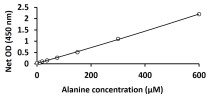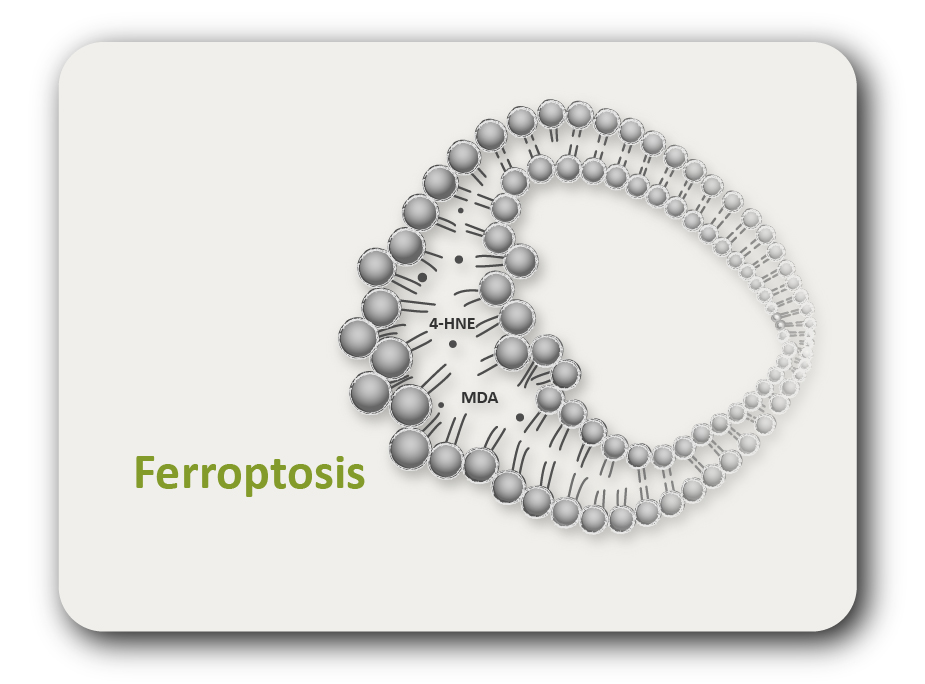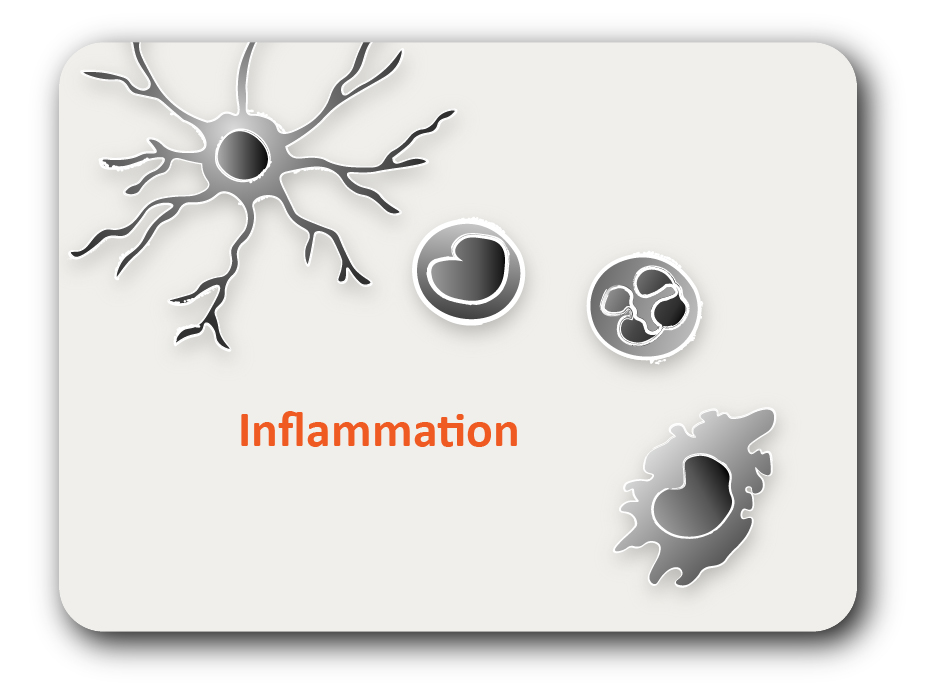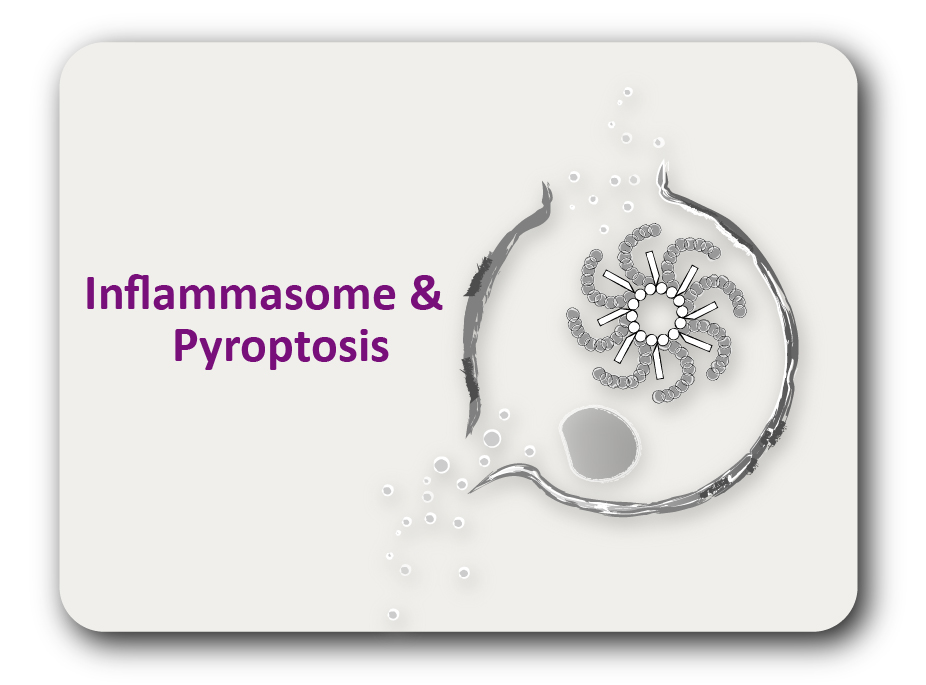ARG83374
Alanine Assay Kit
Alanine Assay 试剂盒 for Functional study and All
Alpha-Amino acids, Proteinogenic amino acids, Glucogenic amino acids, Glycine receptor agonists, NMDA receptor agonists
概述
| 产品描述 | ARG83374 Alanine Assay Kit is an Assay kit for the quantification of Alanine in Serum, Plasma, Urine Cell culture supernatant and Cell lysate. |
|---|---|
| 反应物种 | All |
| 应用 | FuncSt |
| 靶点名称 | Alanine |
| 偶联标记 | Un-conjugated |
| 偶联标记说明 | Read at 590 nm. |
| 灵敏度 | 3.0 µM |
| 样品类型 | Serum, Plasma, Urine Cell culture supernatant and Cell lysate |
| 标准范围 | 7.8 - 500 µM |
| 样本量 | 50 µL |
应用说明
| 检测时间 | ~30 min |
|---|
属性
| 形式 | Liquid |
|---|---|
| 存放说明 | Store components at -20°C and -80°C. Do not expose test reagents to heat, sun or strong light during storage and usage. Please refer to the product user manual for detail temperatures of the components. |
| 注意事项 | For laboratory research only, not for drug, diagnostic or other use. |
生物信息
| 背景介绍 | Alanine is an α-amino acid that is used in the biosynthesis of proteins. It contains an amine group and a carboxylic acid group, both attached to the central carbon atom which also carries a methyl group side chain. Consequently, its IUPAC systematic name is 2-aminopropanoic acid, and it is classified as a nonpolar, aliphatic α-amino acid. Under biological conditions, it exists in its zwitterionic form with its amine group protonated and its carboxyl group deprotonated. It is non-essential to humans as it can be synthesised metabolically and does not need to be present in the diet. It is encoded by all codons starting with GC. The L-isomer of alanine is the one that is incorporated into proteins. L-alanine is second only to leucine in rate of occurrence, accounting for 7.8% of the primary structure in a sample of 1,150 proteins. The right-handed form, D-alanine, occurs in polypeptides in some bacterial cell walls and in some peptide antibiotics, and occurs in the tissues of many crustaceans and molluscs as an osmolyte. |
|---|---|
| 生物功能 | Alanine can be synthesized from pyruvate and branched chain amino acids such as valine, leucine, and isoleucine. Alanine is produced by reductive amination of pyruvate, a two-step process. In the first step, α-ketoglutarate, ammonia and NADH are converted by glutamate dehydrogenase to glutamate, NAD+ and water. In the second step, the amino group of the newly formed glutamate is transferred to pyruvate by an aminotransferase enzyme, regenerating the α-ketoglutarate, and converting the pyruvate to alanine. The net result is that pyruvate and ammonia are converted to alanine, consuming one reducing equivalent. Because transamination reactions are readily reversible and pyruvate is present in all cells, alanine can be easily formed and thus has close links to metabolic pathways such as glycolysis, gluconeogenesis, and the citric acid cycle. |
| 研究领域 | Alpha-Amino acids, Proteinogenic amino acids, Glucogenic amino acids, Glycine receptor agonists, NMDA receptor agonists |
检测图片 (1) Click the Picture to Zoom In
| Title | Download Link |
|---|---|
| ARG83374 Alanine Assay Kit User manual |
 Download Download
|






